

Damion Smy
Boxy new KGM Musso unveiled to take on HiLux and Ranger ahead of Australian launch
14 Hours Ago

Marketplace Editor
Toyota Motor Corporation has launched its fourth-generation Alphard and Vellfire MPVs in Japan, with a hybrid-heavy powertrain line-up as well as the latest features and technology the Japanese brand has to offer.
The Alphard nameplate has long been positioned as the “ultimate Toyota minivan” since the original launched in 2002.
Accordingly, these new-gen people movers have been designed and engineered in pursuit of the “joy of comfortable mobility”, which Toyota describes as “spaces where all passengers could share consideration and appreciation”.
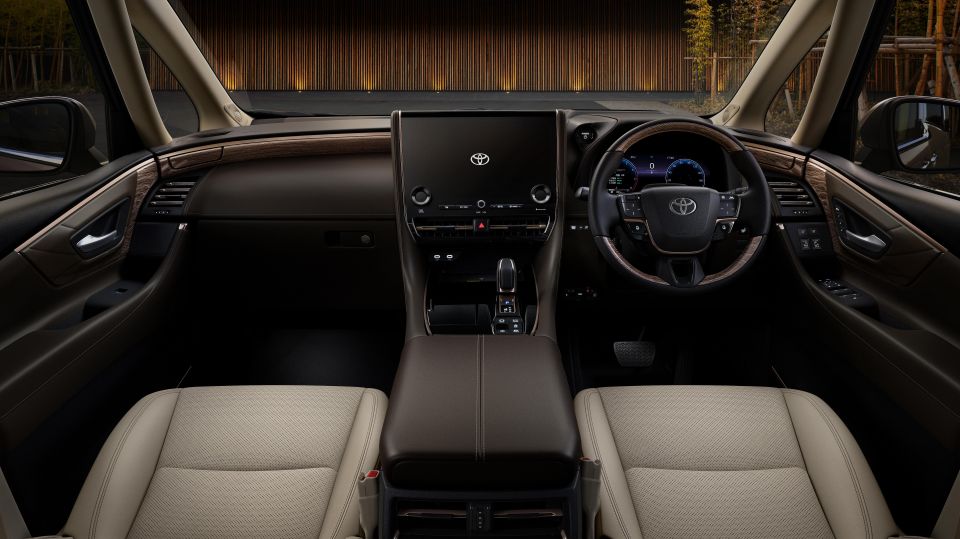
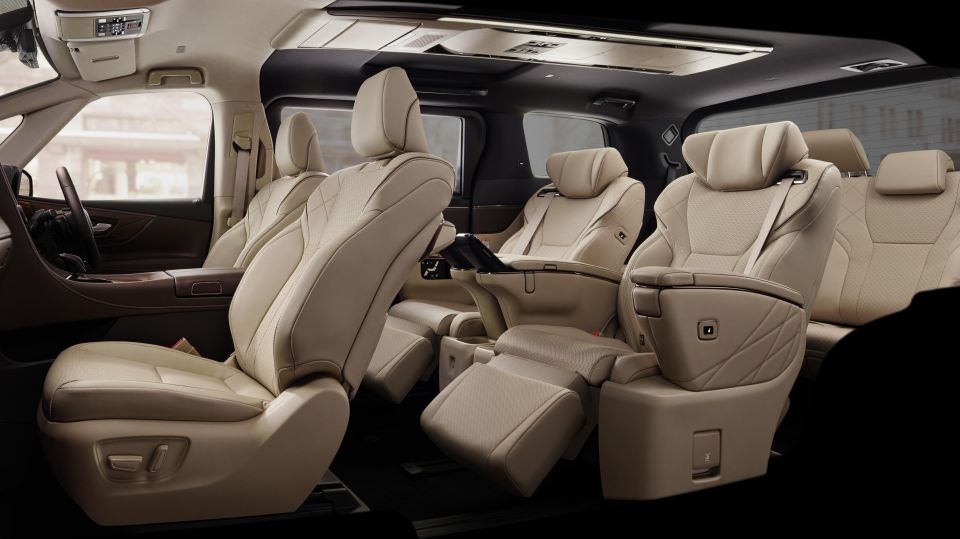
Although the Alphard and Vellfire have never been officially sold locally through the Toyota Australia dealer network, the upmarket people movers have proved popular with grey importers.
Lexus will also introduce the Alphard/Vellfire-based LM before the end of 2023, marking the luxury arm’s first assault on the premium MPV segment in Australia.
Speaking with CarExpert, a spokesperson for Toyota Australia wouldn’t offer any indication on whether we might see Toyota follow Lexus into bringing its premium MPVs Down Under.
“Toyota is always considering exciting new models as they become available for our market, but we have no announcements to make today,” the spokesperson said.

Underpinning the fourth-generation Toyota Alphard and Vellfire is the TNGA-K unibody architecture, which underpins a wide range of vehicles including the Toyota Camry, Kluger (Highlander) and RAV4, as well as the Lexus ES, NX and RX.
That means both front-wheel drive and all-wheel drive versions are available in Japan, along with a range of four-cylinder powertrains comprising 2.5-litre petrol, 2.5-litre hybrid and 2.4-litre turbocharged hybrid options depending on variant.
Toyota has also confirmed it plans to offer plug-in hybrid versions of the Alphard/Vellfire in future, but further details are scant.
According to the company’s media release, the new chassis adopts straight rockers and a V-shaped brace in the rear-lower section which improves rigidity by 50 per cent compared to the previous generation; while optimised use of structural adhesives further enhance manoeuvrability and stability.
New shock absorbers that “mechanically adjust damping force based on the frequency of vibrations transmitted from the road surface” also help to minimise vibrations experienced in the cabin.

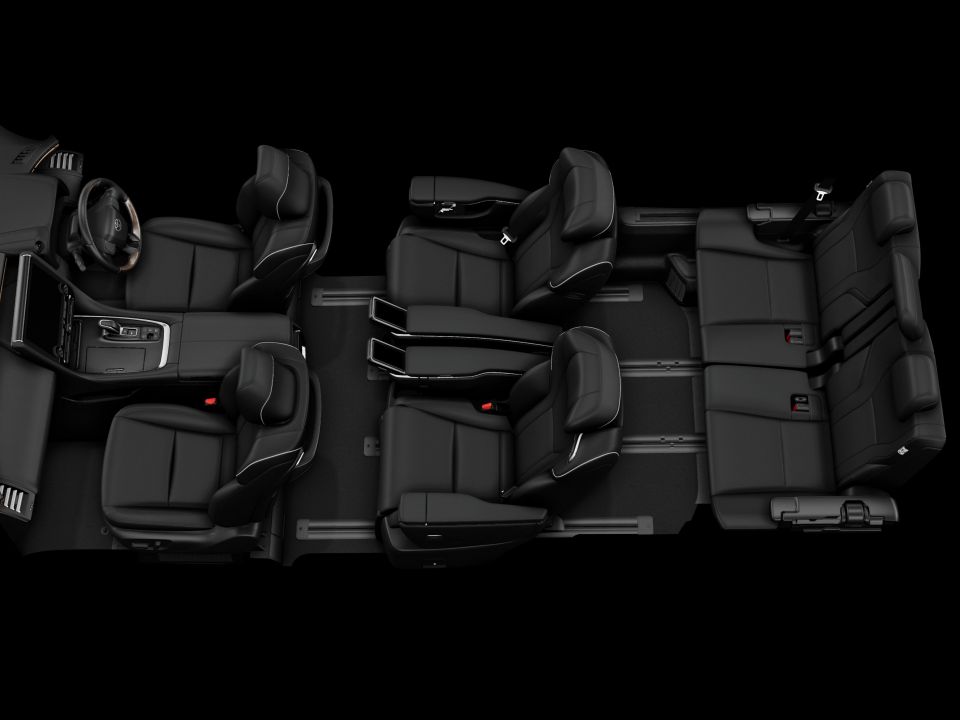
They’re aided by rubber bushings in the attachment portions of the second-row seat cushion frames and the use of memory foam in the backrests and armrests, and Toyota says the array of developments has resulted in an approximate 30 per cent reduction in vibrations.
Toyota has also added more sound-reducing measures to further improve refinement.
Newly developed low-noise tyres and more sound-absorbing materials help to reduce road noise, while optimising the shapes of sections of the bonnet, mirrors and A-pillars exposed to wind help reduce wind noise.
“By suppressing the amount of noise generated, and by establishing a balanced soundwave frequency, the interior promises a pleasing quietness, akin to being in the middle of a forest,” Toyota says in its media release.
Space between the front- and second-row seats, and the second- and third-row seats, has increased by 5mm and 10mm respectively.
This has been achieved through modifications to the driving position and the construction of the second-row seats, as well as making both the side quarter trim on the third row seats and the backdoor trim thinner.
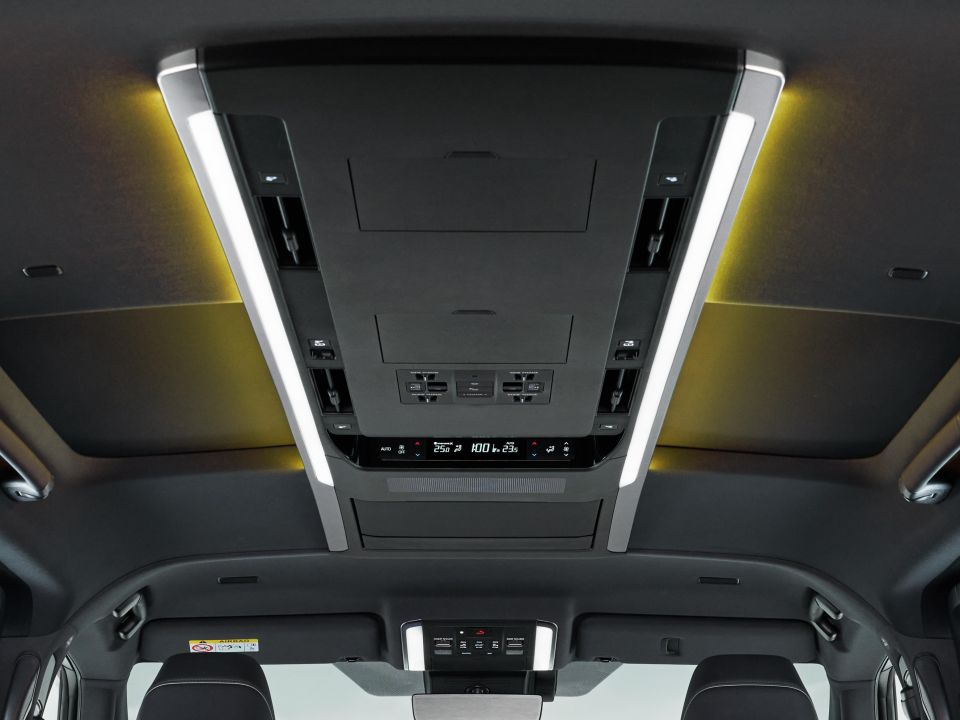
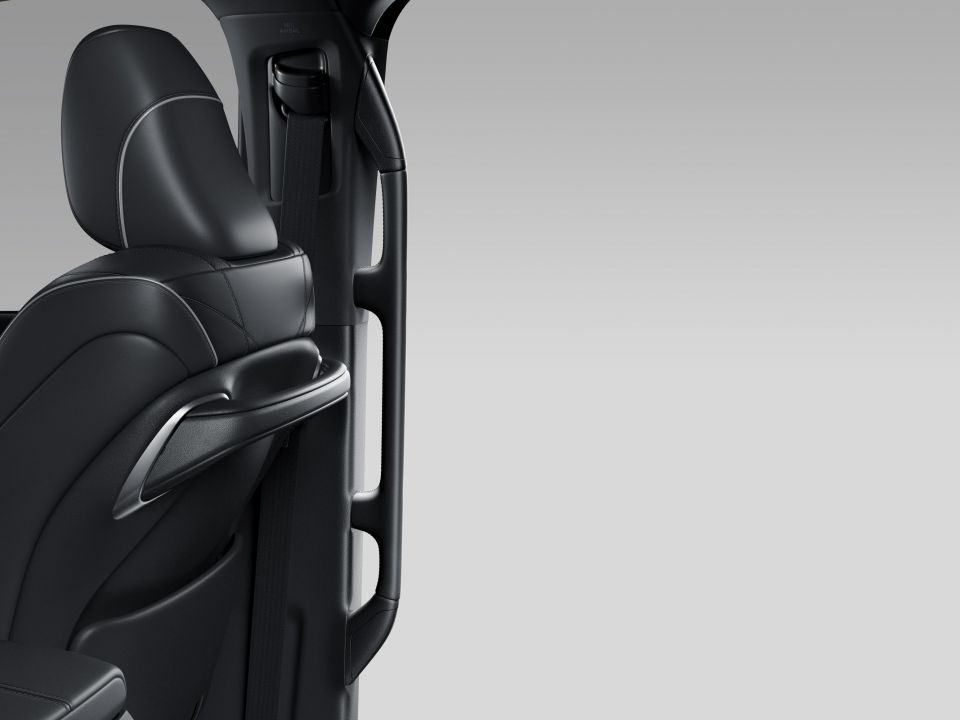
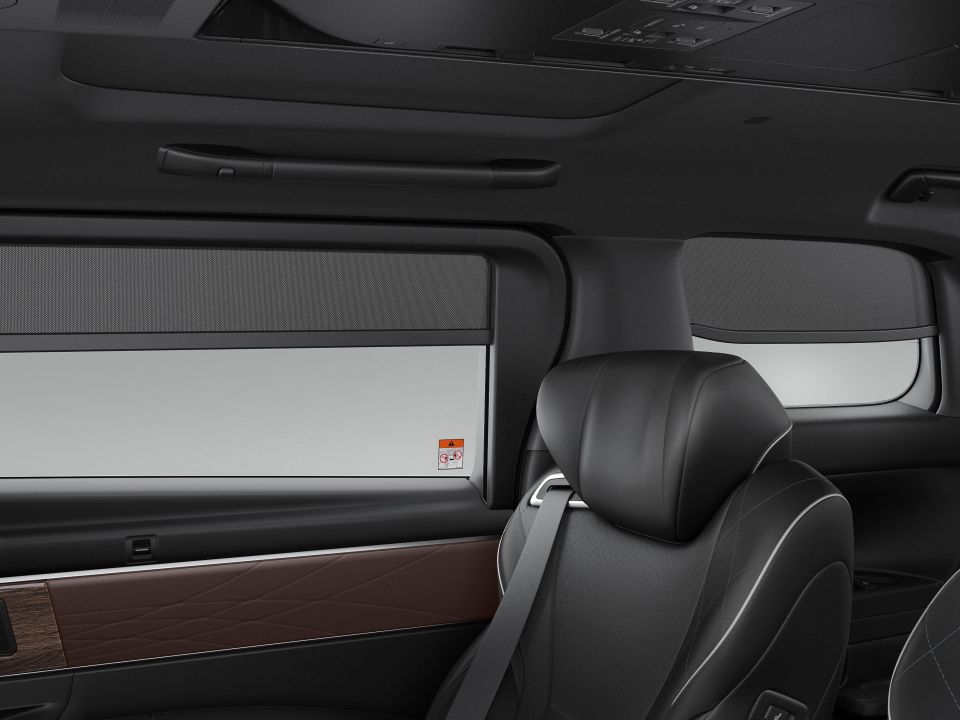
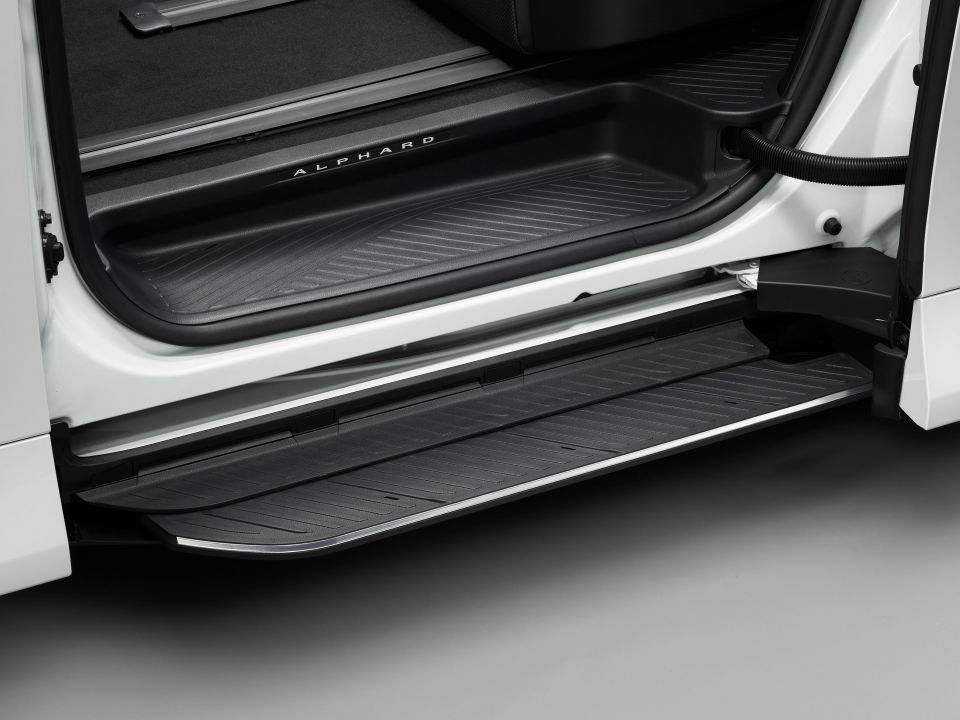
New features include a new ‘Super-Long Overhead Console’ through the centre of the ceiling, which houses various things like air-conditioning vents, lighting and assorted switchgear.
Previously, these were located along both sides of the ceiling – Toyota claims this improves “convenience and operability”, and also allows occupants in any seat to open windows and adjust lighting on the opposite side of the vehicle’s interior.
Toyota has also focused on improved accessibility, with the Alphard and Vellfire becoming the first models in the brand’s line-up to feature ‘Universal Steps’ on both sides of the vehicle, which the company says makes it easier for small children and the elderly to enter and exit the cabin.
The steps emerge approximately 220mm above ground level when the doors are open, which lowers the height of the first step for passengers entering and exiting the vehicle. Long grip handles are located on the C-pillars for added convenience.
New shades are littered throughout the cabin too. Toyota’s first pull-down side shades are available for the side windows, while the moonroof has independently operable left- and right-hand side shades.
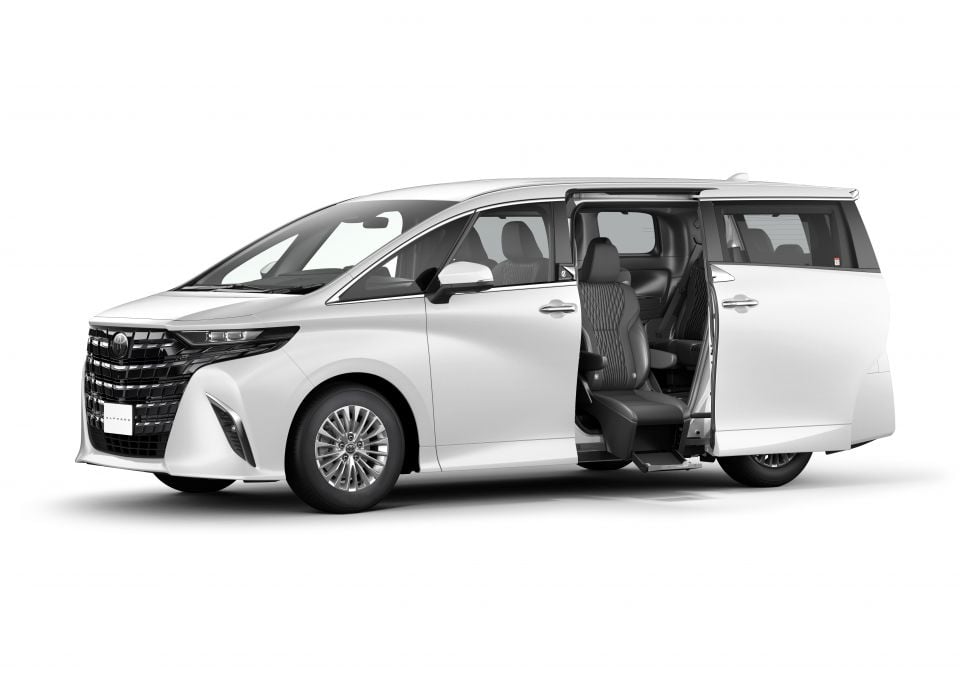

Toyota also offers a Welcab assisted mobility version of the Alphard, which features a Side Lift-Up Tilt seat that swivels up and out the side doors for increased convenience for those requiring mobility assistance.
“To help occupants stand up from a sitting position, the seat also tilts, while the double-folding footrest reduces load on the occupant’s knees,” Toyota adds.
“For added convenience, the lift-up seat also features a new seatbelt plate arm to make the seatbelt easier to pull out, and a new remote control holder.”
The lift-up seat has also been engineered to minimise protrusion out of the vehicle when in use, which allows it to be used even in tight spaces.
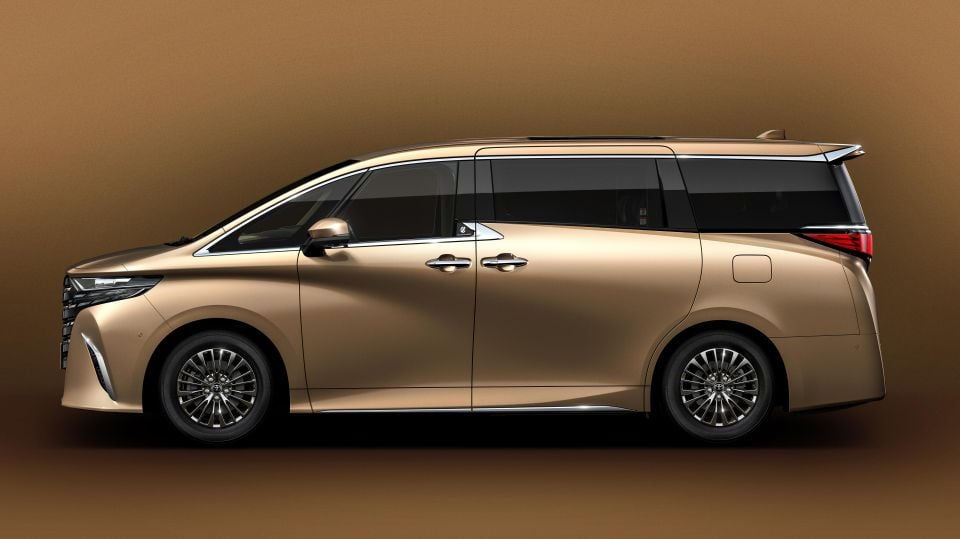


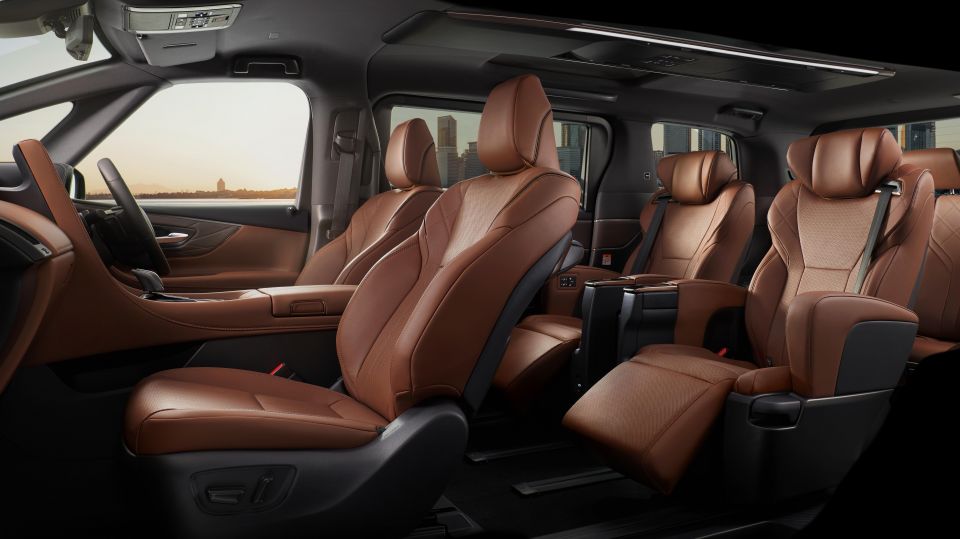
Both nameplates also offer the latest in Toyota Safety Sense driver assistance and active safety systems.
Intra-Lane Steering Assist and Deceleration Assist are new features for the fourth-generation vans.
The former “predicts driver inputs and adjusts the steering counterforce to provide support for smoother driving by limiting unnecessary operations”.
The latter, meanwhile, “provides assistance for early vehicle deceleration, enabling the driver to turn left or right with greater ease” when the vehicle detects when it is approaching an intersection and the driver releases the accelerator and indicates.
Further, new Toyota Teammate functions – the brand’s umbrella terms for “driver-assistance technologies that provide support for parking and in traffic jams” – include a new remote parking function that’s accessible via a smartphone app, as well as a traffic jam assist feature called Advanced Drive, which manages acceleration, deceleration and steering between 0 and 40km/h.
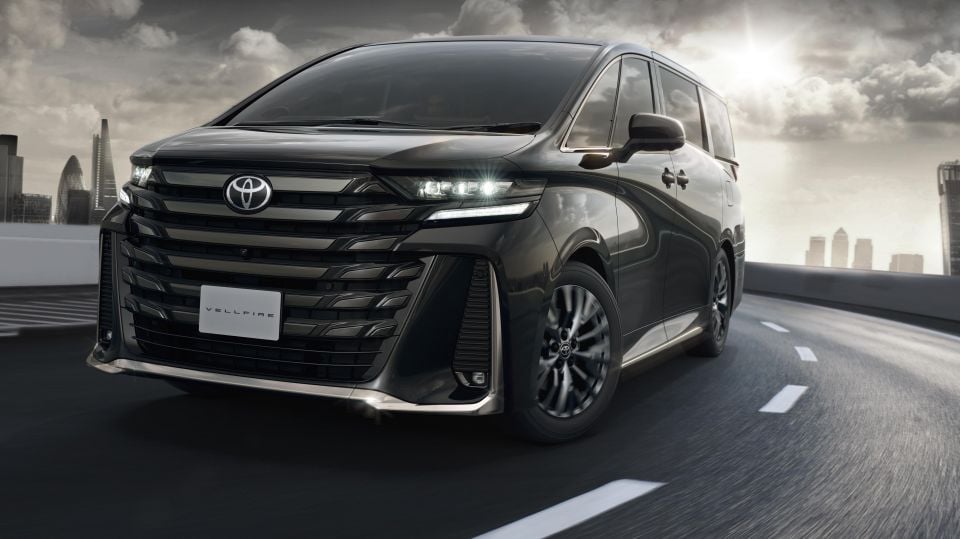
The Alphard provides a solid base for the Vellfire, a more powerful and driver-focused version of Toyota’s ‘ultimate minivan’.
Beyond its darker, more aggressive exterior styling package, the Vellfire exclusively offers the option of the brand’s new 2.4-litre turbocharged hybrid system, already seen in the likes of the Lexus RX500h and LM500h, as well as Hybrid Max versions of Toyota models offered overseas such as the Crown and Grand Highlander.
Replacing the previous 3.5-litre V6, the T24A-FTS turbocharged hybrid drivetrain offers increased torque at low engine speeds, and has a shortened “accelerator pedal stroke”. The engine has also been tuned to deliver a more sporting sound when accelerating “during normal RPM range”, while low-speed noise has been reduced.
Toyota doesn’t quote outputs for the Vellfire 2.4T, but in the related Grand Highlander the Hybrid Max version develops 270kW and 542Nm.
Under the skin there’s also a Front Performance Brace which connects the radiator support and side members for enhanced body rigidity and providing “outstanding responsiveness.

The Alphard and Vellfire will continue to be produced at Toyota’s Inabe Plant in Japan, with base sales volume in the domestic projected to sit around 8500 units per month.
Of these 8500 monthly sales, 70 per cent will be accounted for by Alphard models, with the Vellfire taking up the remaining 30 per cent.
While the Alphard is primarily produced for the Japanese market, the flagship people mover has also been sold in various other Asian markets like China, as well as Russia and the Middle East.
Would you like to see the Toyota Alphard and Vellfire officially sold in Australia?
Where expert car reviews meet expert car buying – CarExpert gives you trusted advice, personalised service and real savings on your next new car.
James Wong is an automotive journalist and former PR consultant, recognised among Australia’s most prolific motoring writers.


Damion Smy
14 Hours Ago


Damion Smy
15 Hours Ago


Damion Smy
17 Hours Ago


Damion Smy
18 Hours Ago


Damion Smy
20 Hours Ago


Damion Smy
21 Hours Ago